Welcome to Peru!
It was a long bus ride from Cuenca to here. Our bus departed at 9PM, so we got cozy for a snooze. The sleeping was decent all things considered, we collectively got 10 hours or so in short bursts. The chairs reclined a lot.
Crossing the border at 1AM was certainly interesting. Us 40 or so zombies got off the bus, and shepherded into a large room. We got our exit stamps, then wandered down the hall for our entries to Peru. Once everyone got sorted, we all got back on the bus to fall asleep.
We woke up somewhere around Mancora, where a group of early risers got off the bus. I’m not sure what you do in a beach town at 5AM, but I’m sure they came up with something. Piura was the next stop, where the majority of people got off.
The landscape in northern Peru is drastically different than Ecuador. Here, the Andes shield the land from Atlantic rain, and the Pacific offers nothing itself. Its long dusty stretches of road, with abandoned shacks along the side of it. Remnants of old entrepreneurial endeavors presumably. There’s little towns and cities every so often, and they all have large speed bumps that slow the bus to a crawl. Plastic litters the side of the highway.

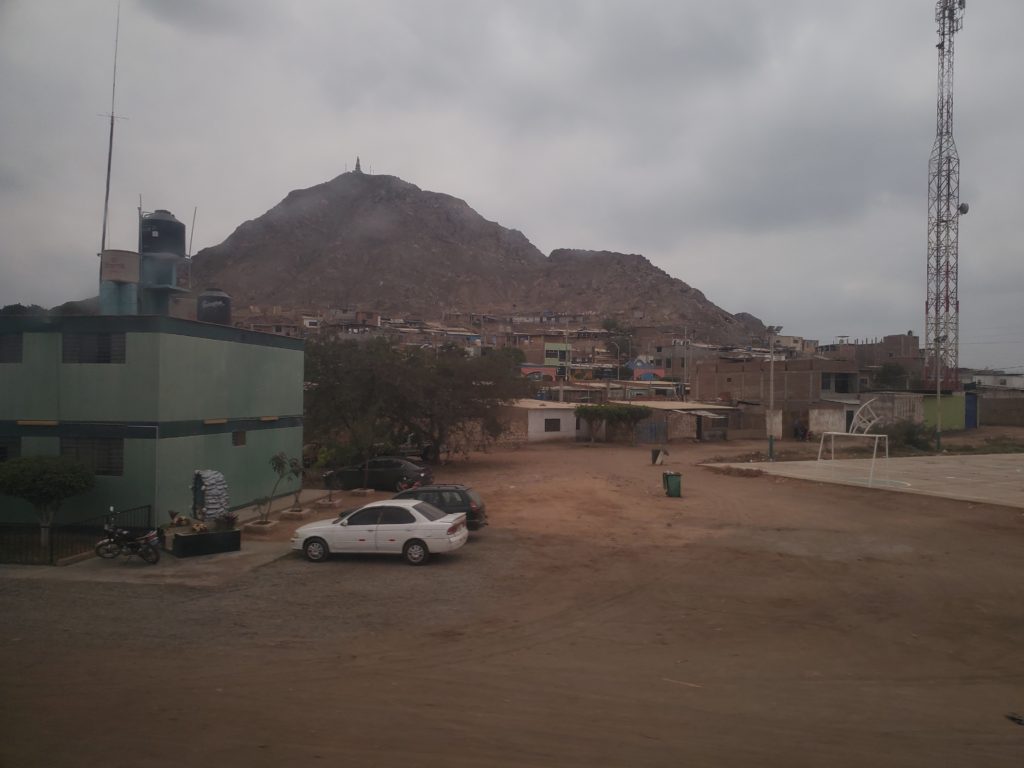
We got off in Chiclayo, where we left our night bus buddy Lucian. The taxi ride to the other bus station was interesting. We were dodging massive potholes on every street. Roads didn’t seem to have much hierarchy to them at all. Eventually we made it to the south bus station, where we got on another, bigger bus to Trujillo. Peruvian buses have more space in them than their Ecuadorian counterparts.
The ride was uneventful, and the walk to our hostel was pretty easy. We had ramen and sushi for dinner, and caught up on sleep.
We had one full day in Trujillo, and we used it really well. We started with a walk to Plaza Mayor, and got to the first street corner when we were approached by a tour agent. He offered us a good deal, so we took it! Now we had 10 minutes to find breakfast before our tour bus departed. Some convenience store empanadas and granola bars were our quick fix, and they were honestly pretty decent. We got on our bus, and departed! Oh yeah, the tour is in Spanish.
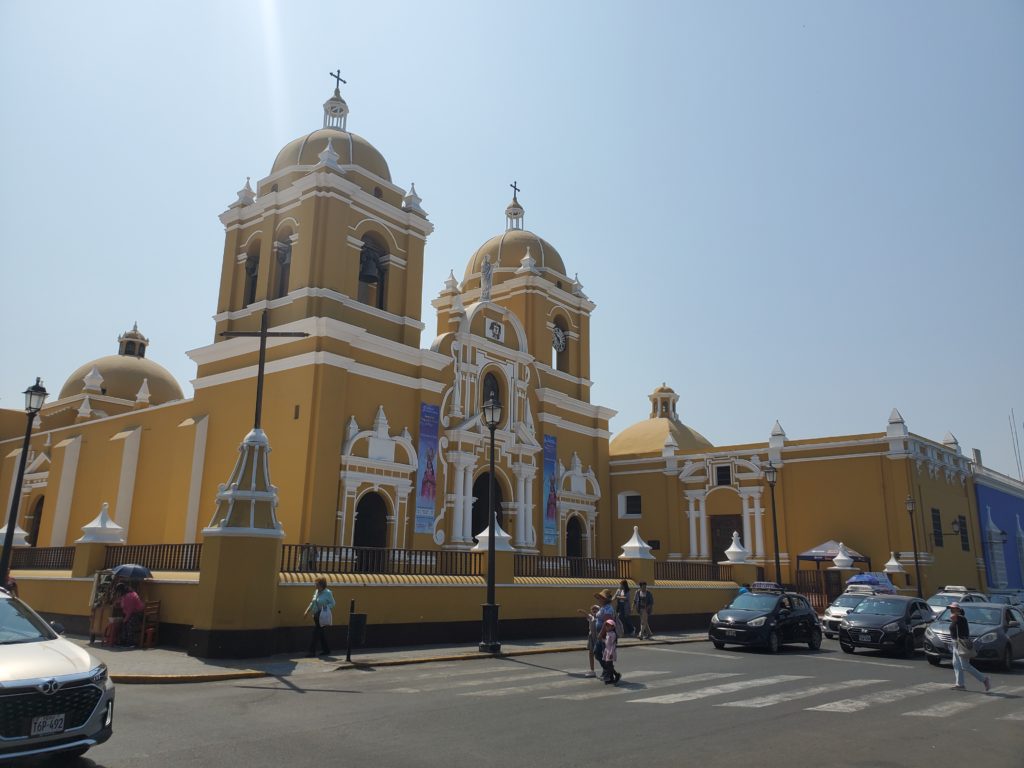
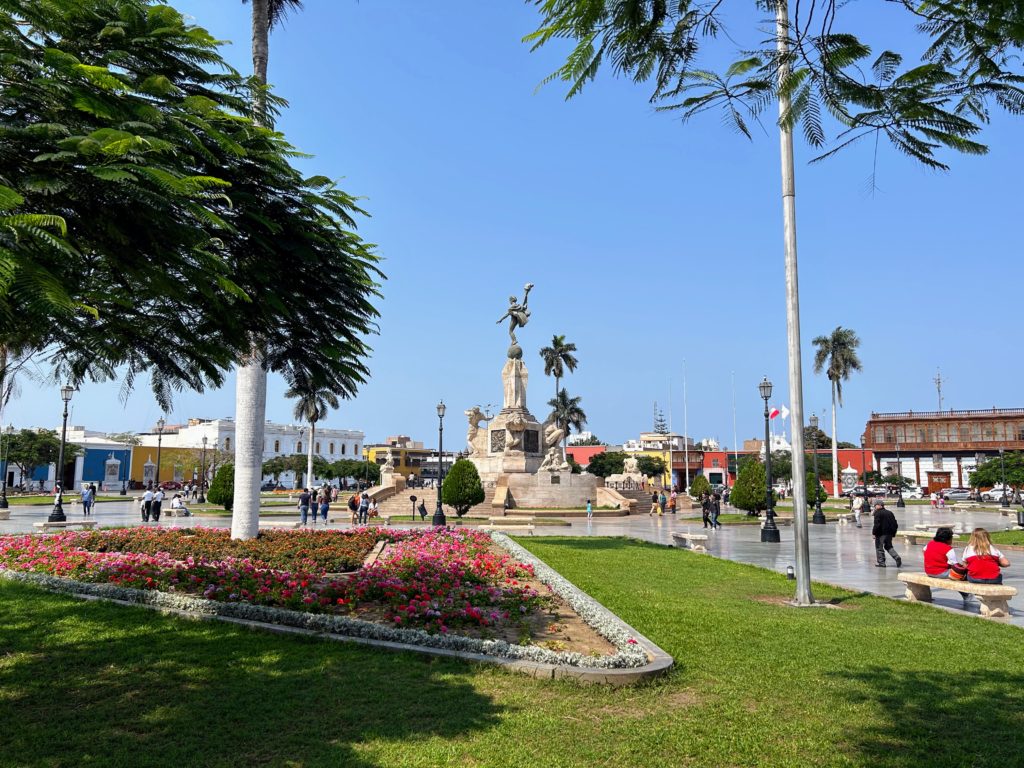
The first stop was the Huaco Erotico. Huaco seems to be a general term for pre-Columbian ceramics and ruins. The erotico was interesting. I’ve never seen vagina’s that big. It’s always the penis’s that are enlarged. There were lots of those too though. We tried some sort of juice, and a lot of different wines from the shopping stalls here. The mint wine was our favorite by far.
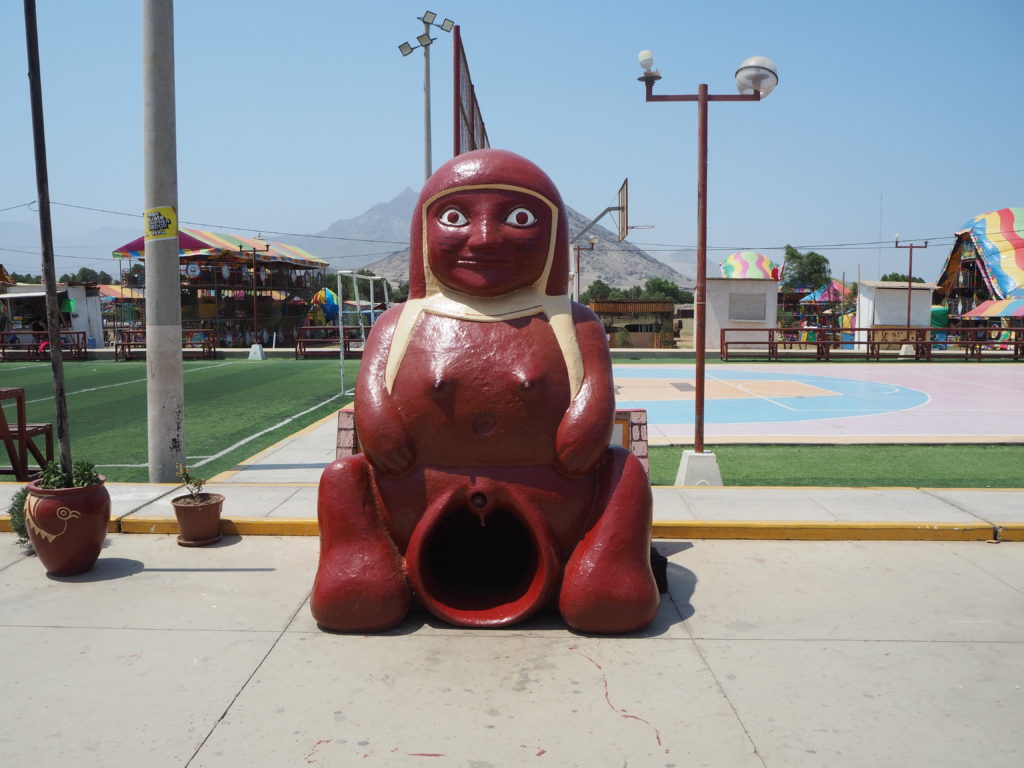
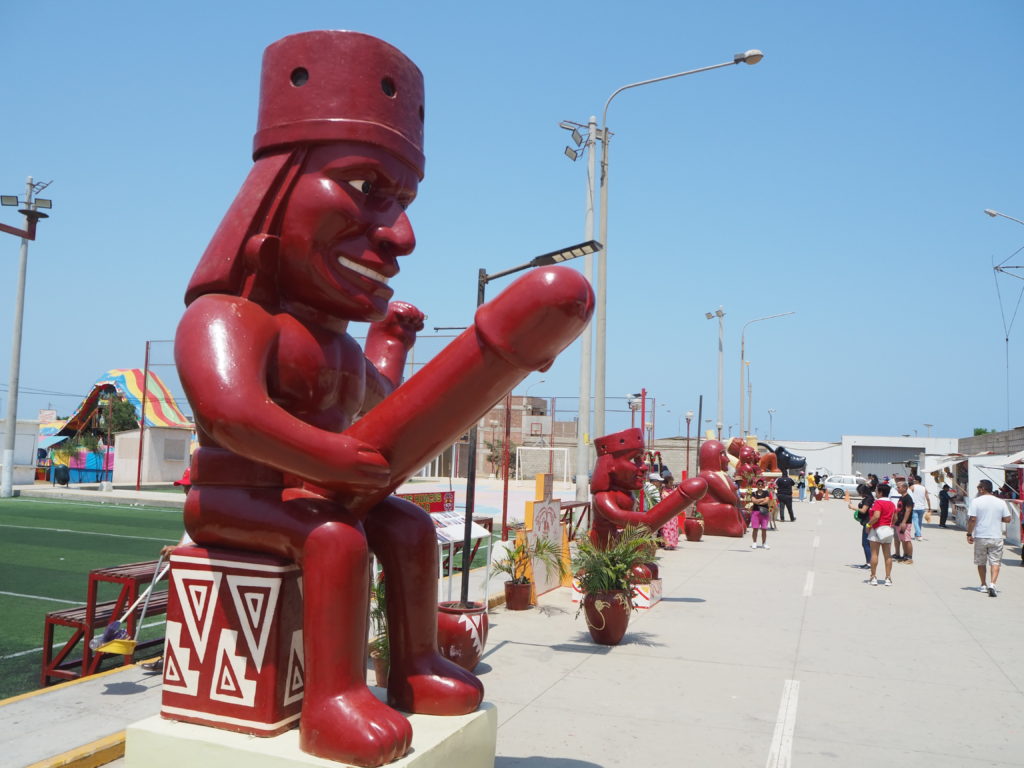
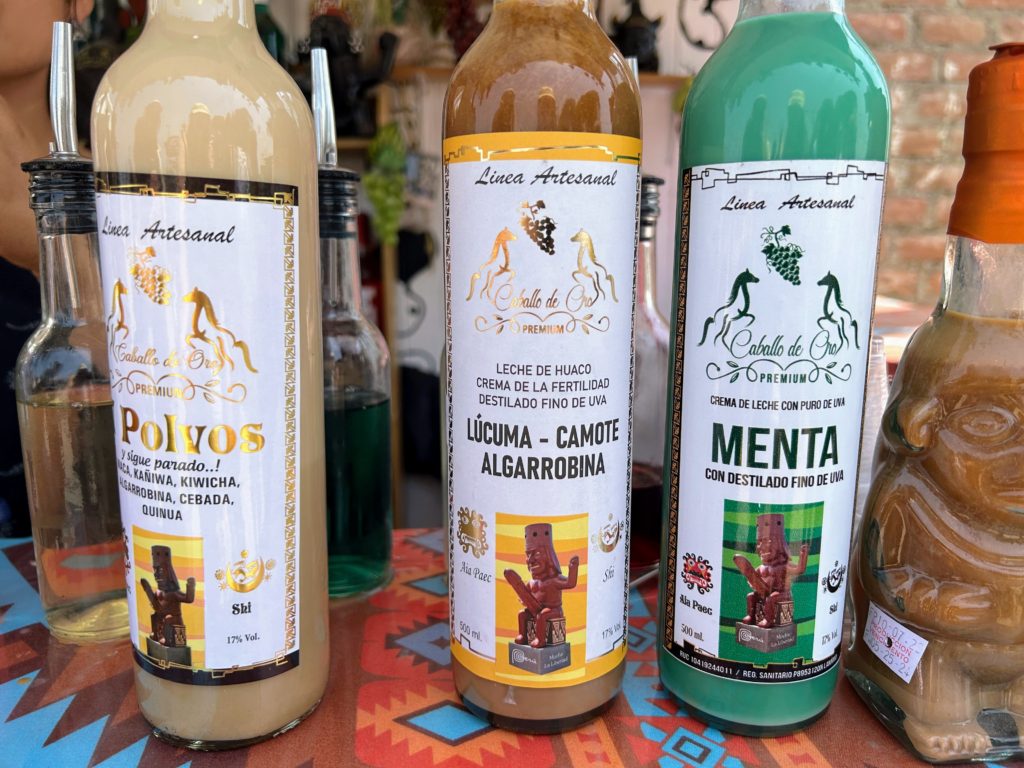
The next stop was a ceramic workshop. A local artisan showed off his conch and trumpet, and then had us make some little artworks with molds. It was fun, but our lack of Spanish knowledge was starting to bite us. We somewhat followed along, catching some information, but tried to look attentive to be polite. We also got to make little clay tokens with some Inca art at the end.
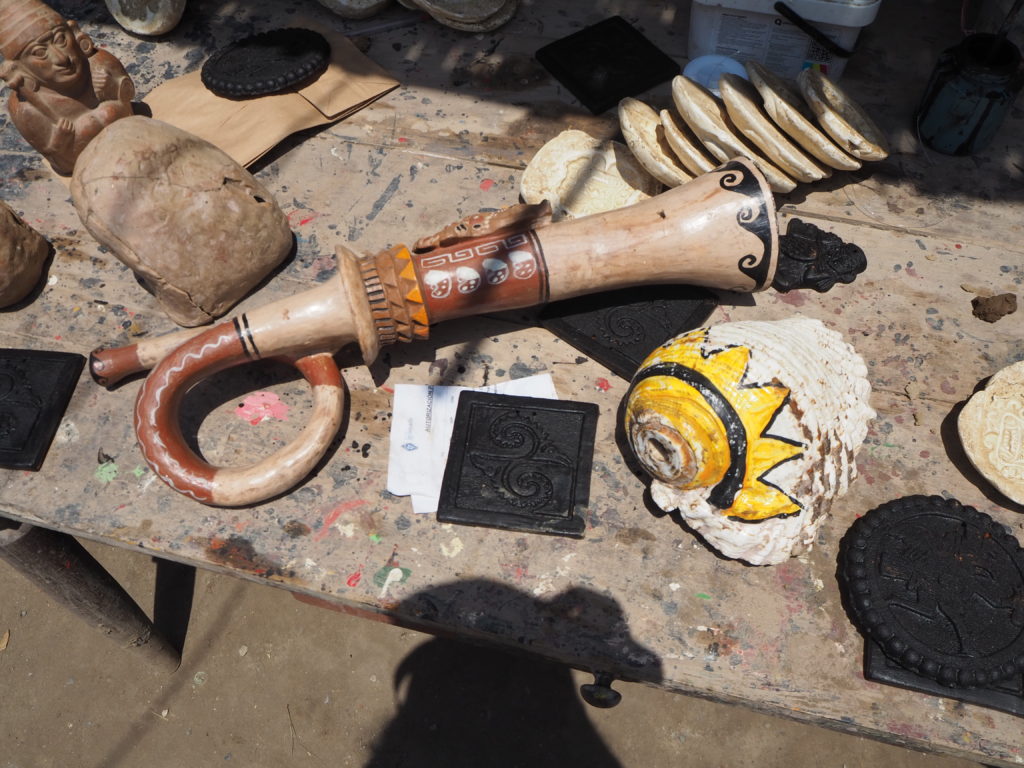
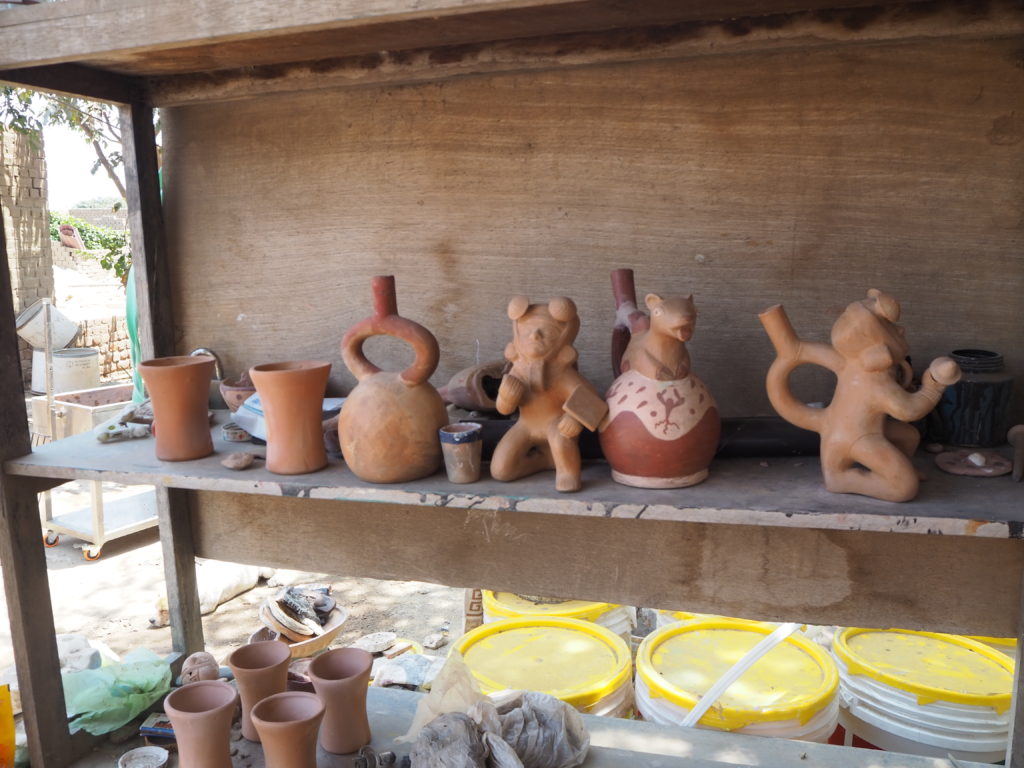
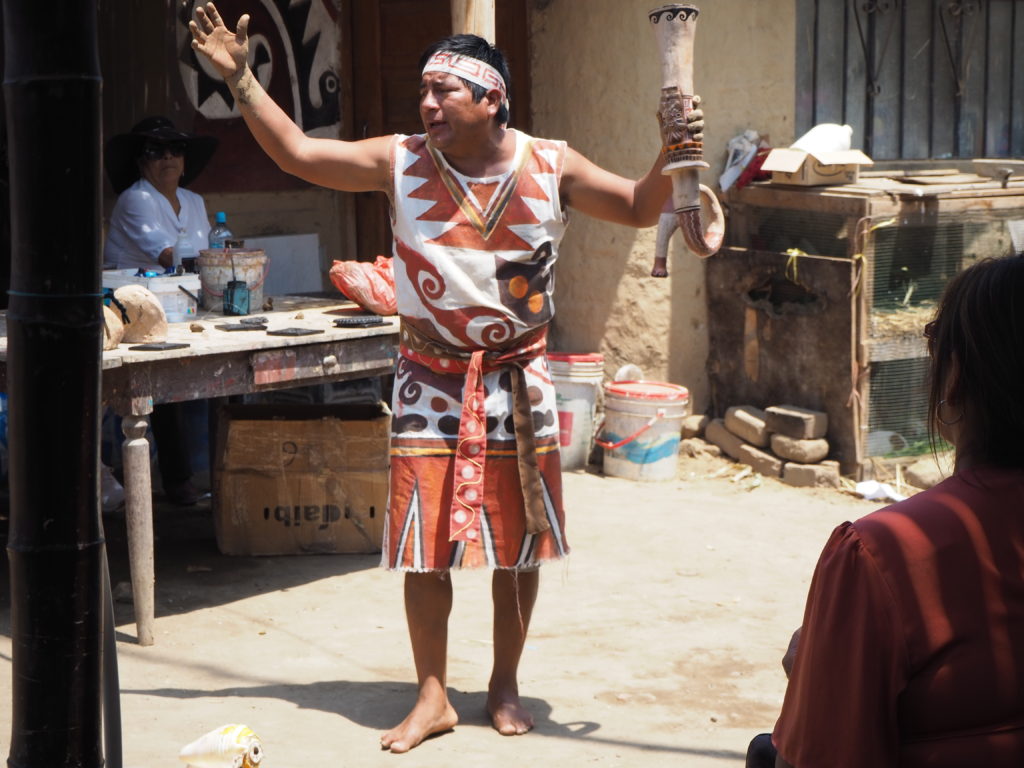
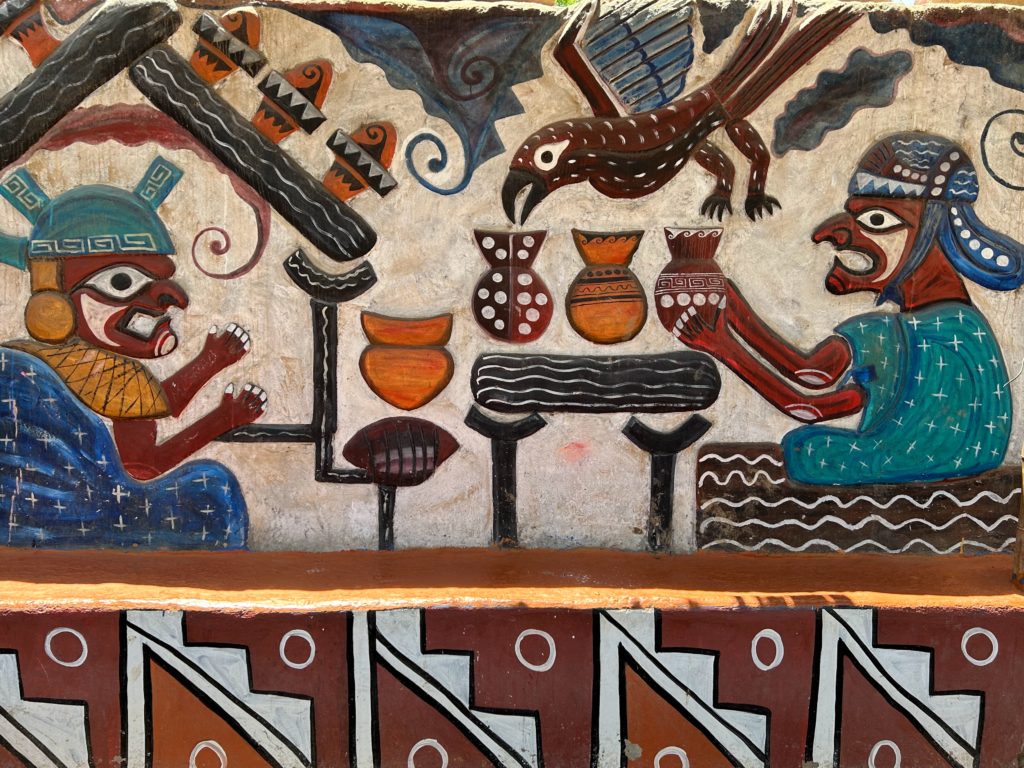
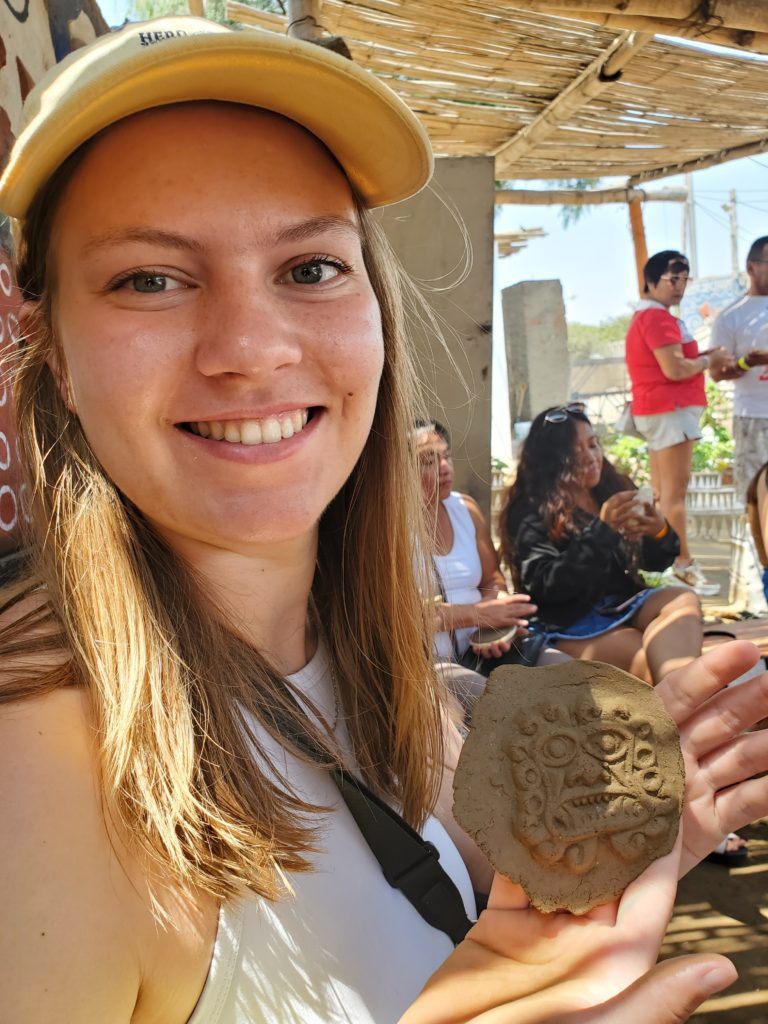
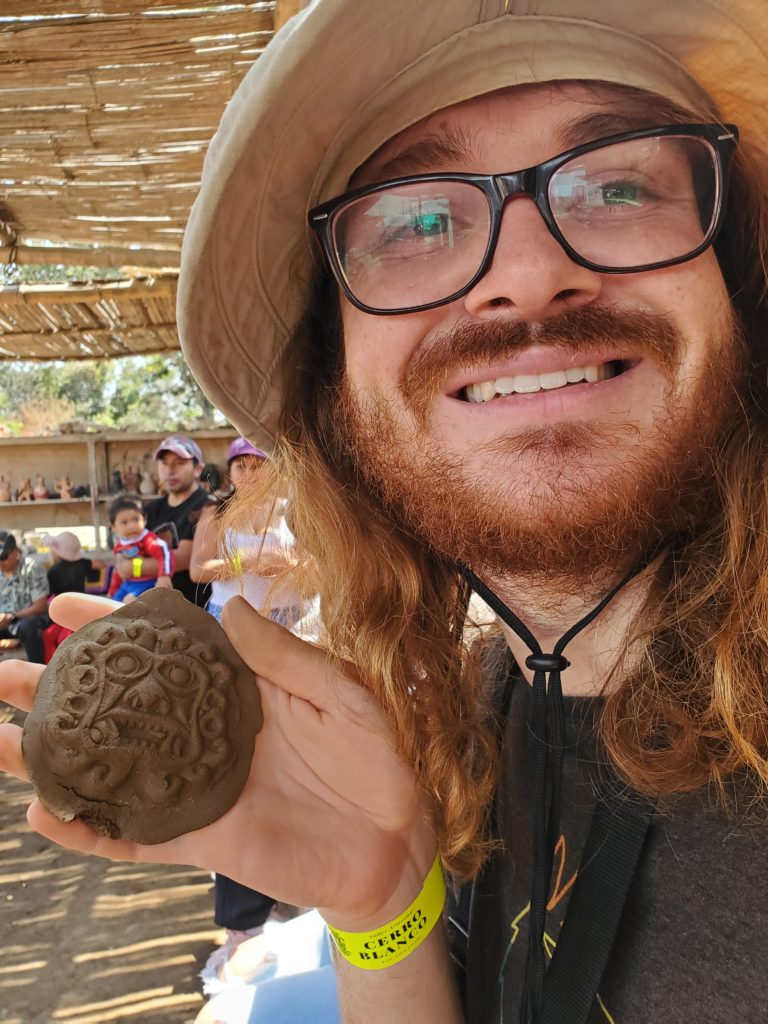
Finally some ruins now! We attended La Huaca de la Luna y Sol, a massive 2000 year old complex at the base of a hill. From our translations of the guides, we believe that it was a ceremonial place of worship, as the hill behind it carried spiritual significance. It was also used for sacrifices and in wartimes (after a quick google, we were right on. Huaca del Sol was used for administrative stuff as well). The murals were really interesting to look at. It’s clear though, that this site has been a significant victim of looting, though we don’t know if that was the Spanish in colonial times, or more recent.



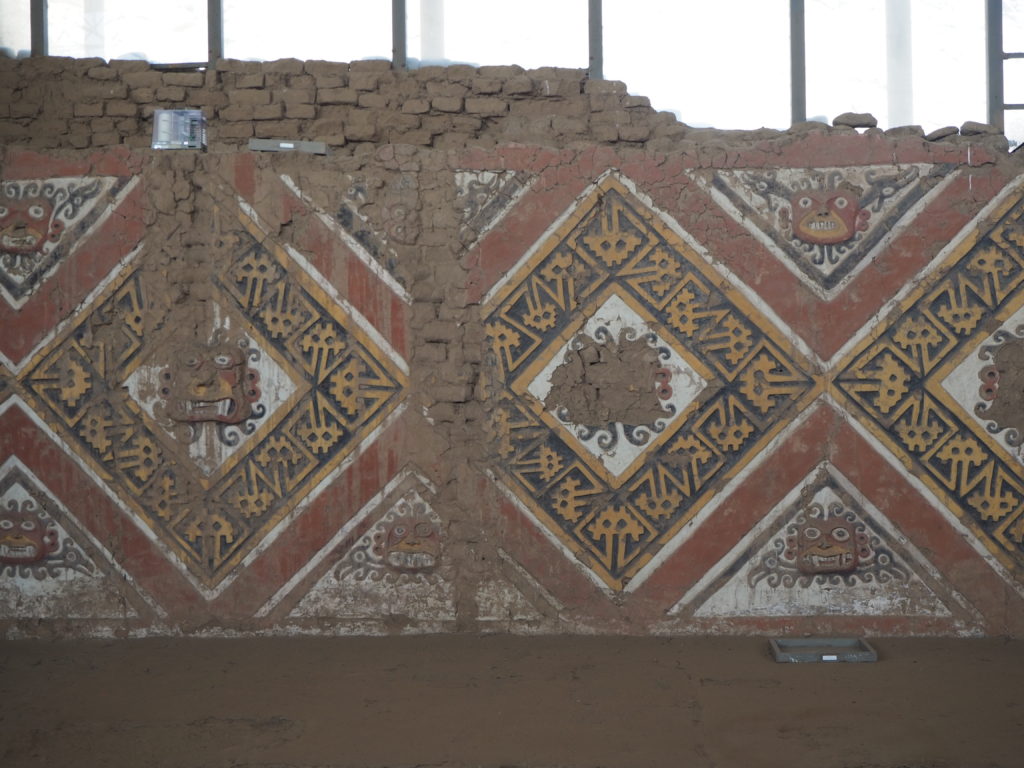
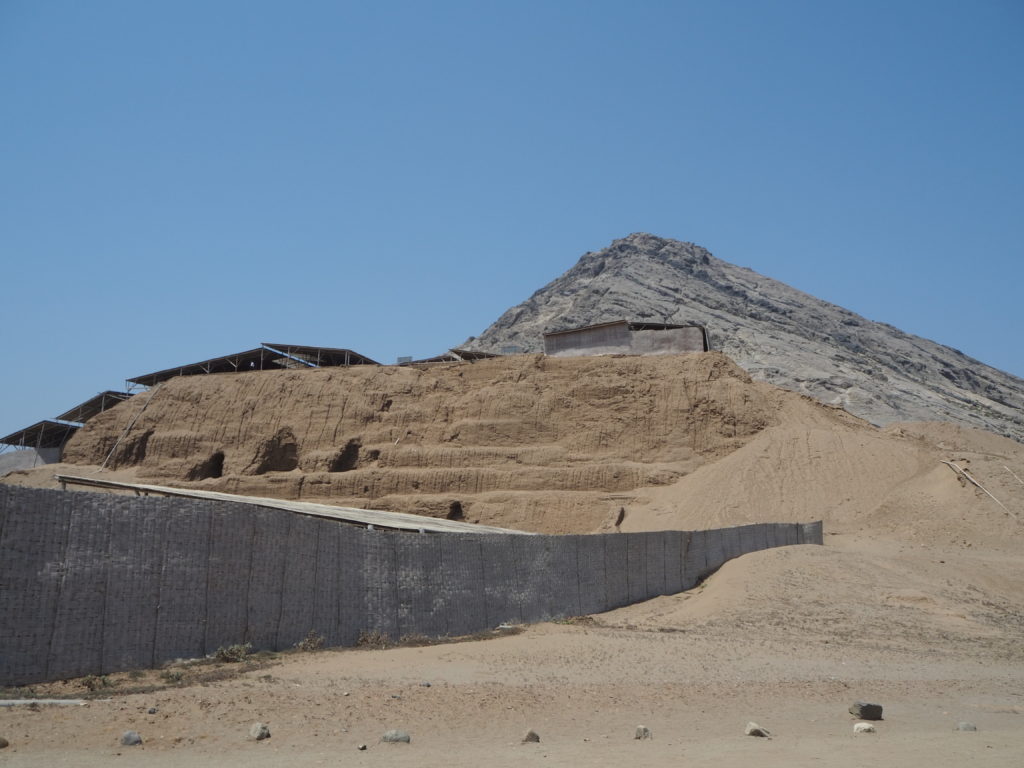
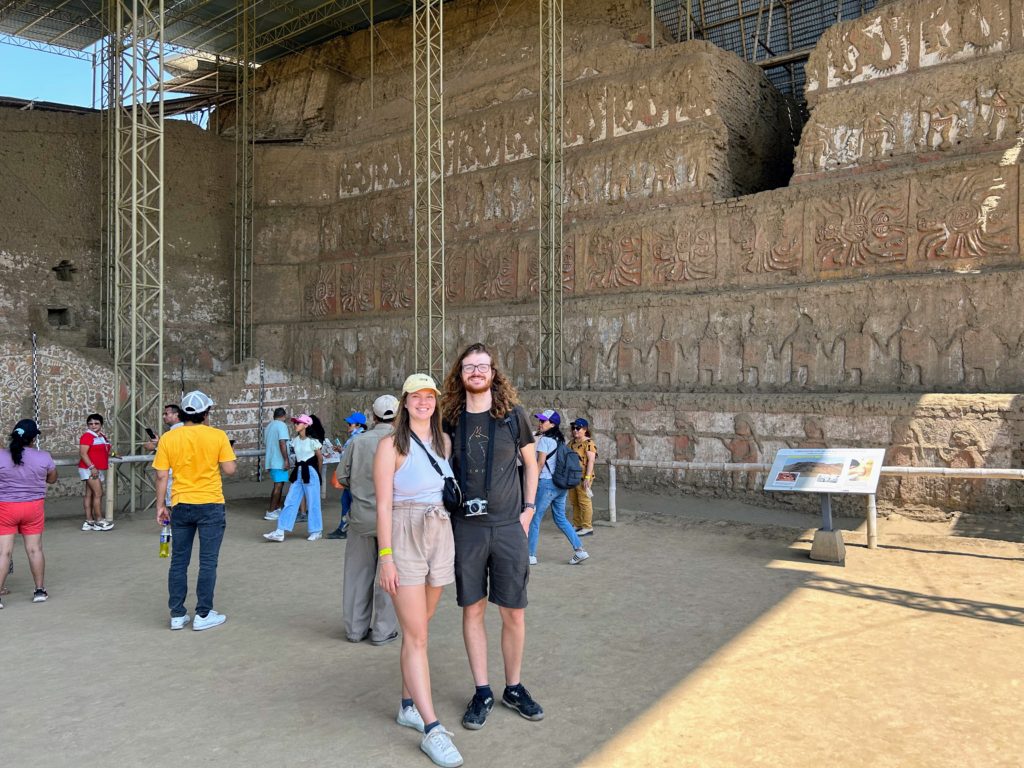
Then we went to lunch. We had a lovely lunch as Los Sombrero. Cam got the ceviche, and myself the seafood rice. The ceviche was very acidic. The flavours were very strong, and we ended up splitting the dishes to take breaks from the acid. It was delicious though, but quite rich. The seafood rice was great. Octopus rings were the right texture, and the seasoning on the rice was immense. This was the best meal we had in South America so far, and it rivals the surf and turf platter we had in Zambujeira for top meals of the trip.
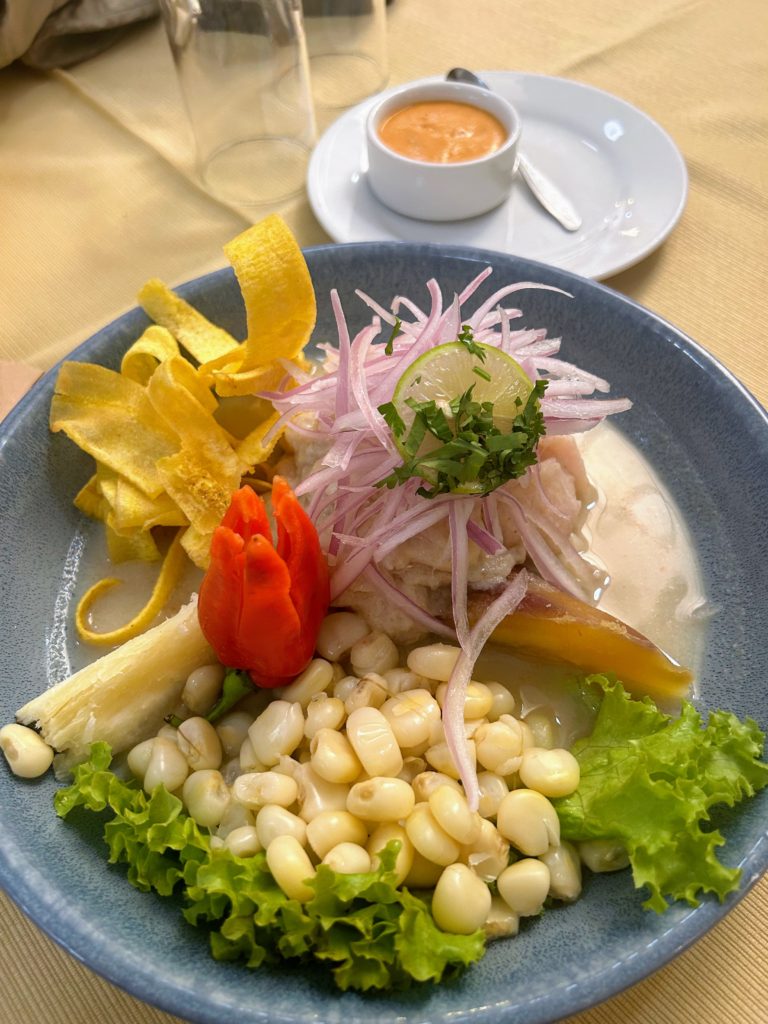
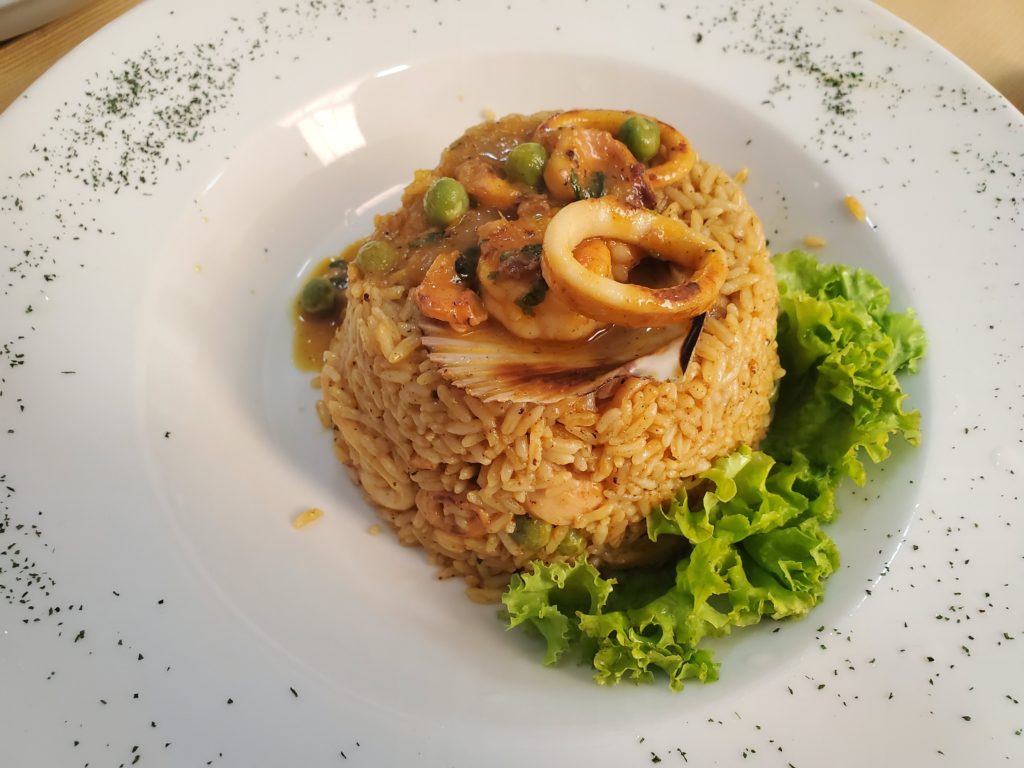
The crown jewel of the Trujillo ruins tour is Chan Chan. This site is 24 square kilometers total, and most of it is still unexcavated. It runs major risk of deterioration, as time, the Spanish, and water are not very kind to its preservation. The site was a major capital city for the Chimu empire for a long time, and remained so until the Inca took over the region.
Walking around Chan Chan was really cool. Our brains were falling behind on our Spanish translations, so we just observed what we could. The artwork that remains is very intricate and detailed. The pattern work on the adobe is really impressive. And the walls are huge! According to our translation of our guide, the outer walls were 8m tall originally. Don’t take that figure as gospel though.
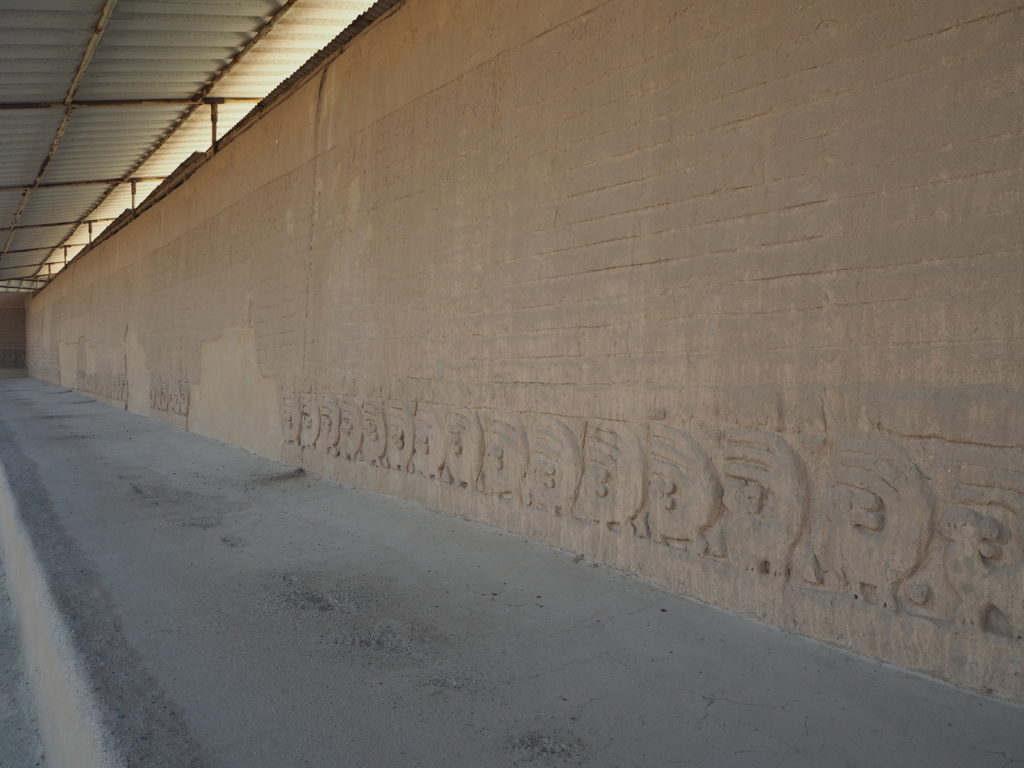

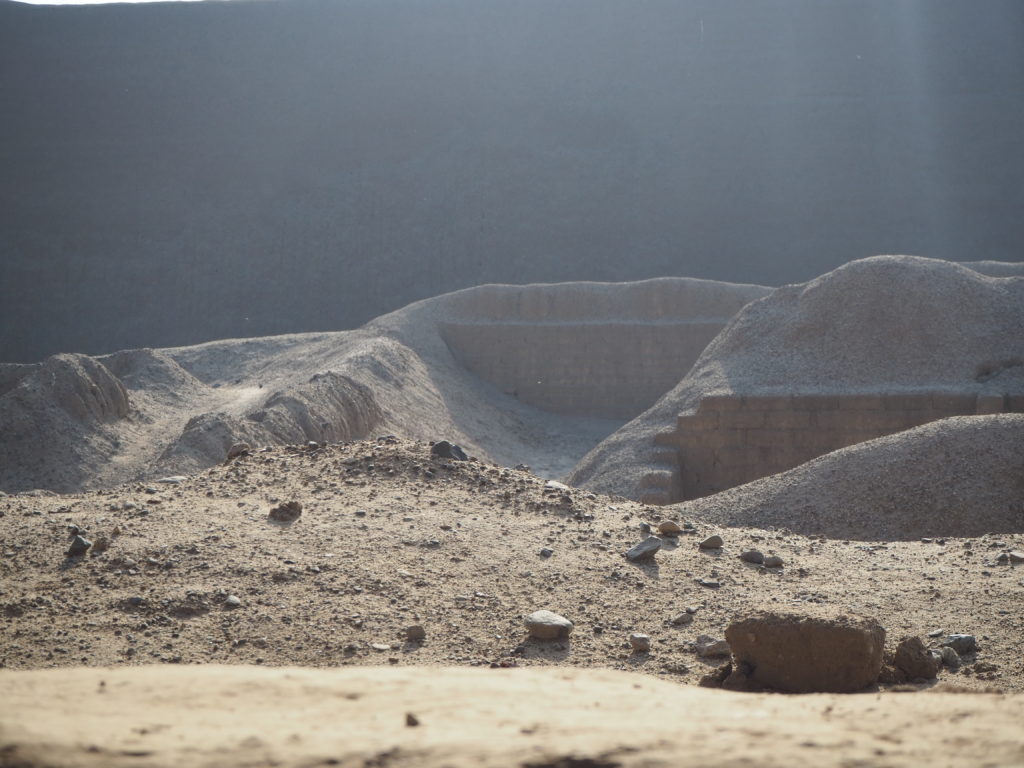


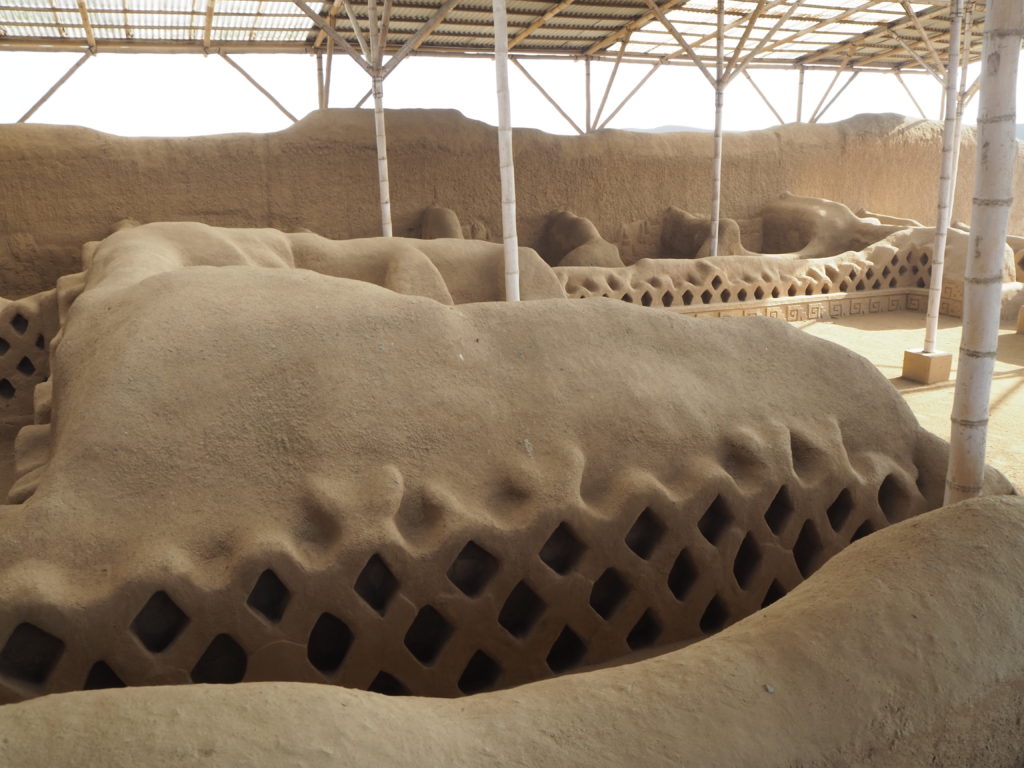

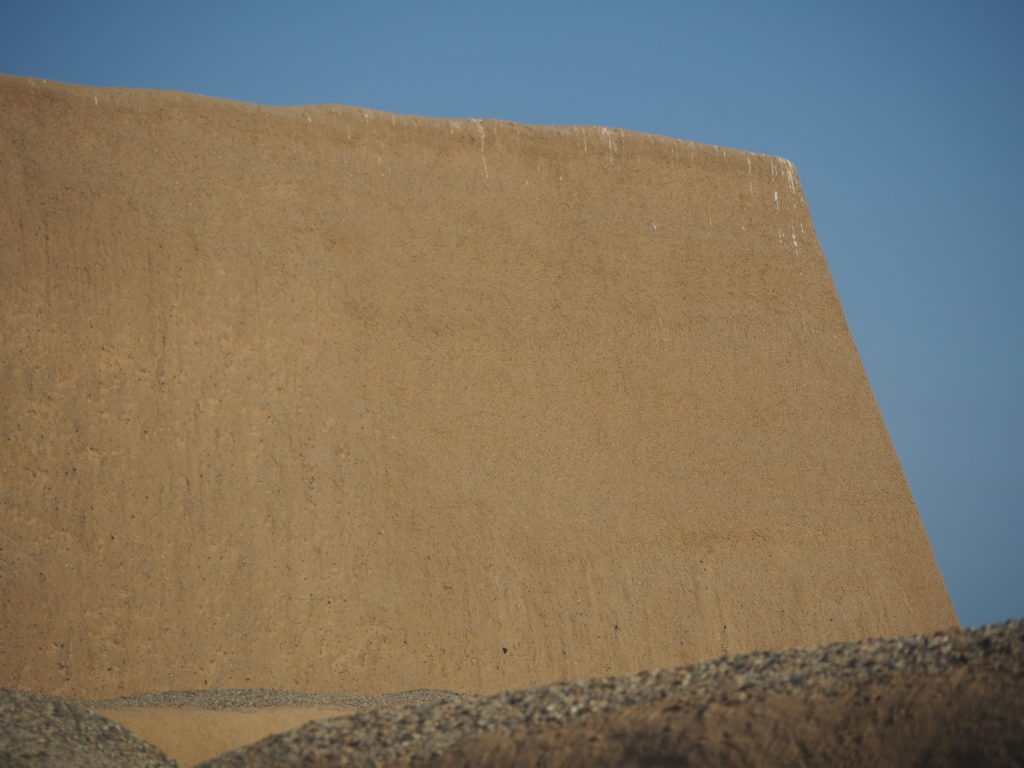
Our final stop of the tour was the seaside surf town of Huanchaco. This is where the majority of tourists in the area stay, and they do for a few days to learn to surf. The waves were massive, breaking first well away from the shore, before swelling and breaking again closer, where the surfers could enjoy them. The skill of the surfers here was stronger than that of the tourists in Portugal. We tried some picarone’s, a Peruvian dessert donut made from sweet potato, and covered in syrup. The syrup was a little processed for our elite maple syrup taste buds, but the donuts itself were nicely fried, and the flavor of the potato was subtle. We liked them.
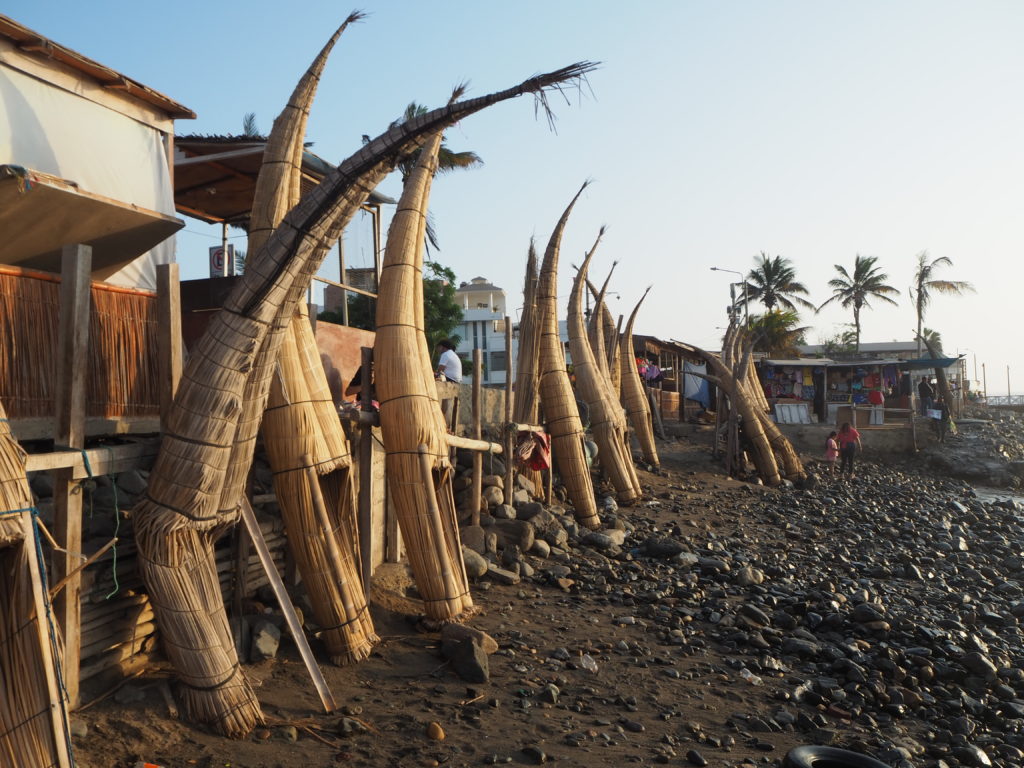

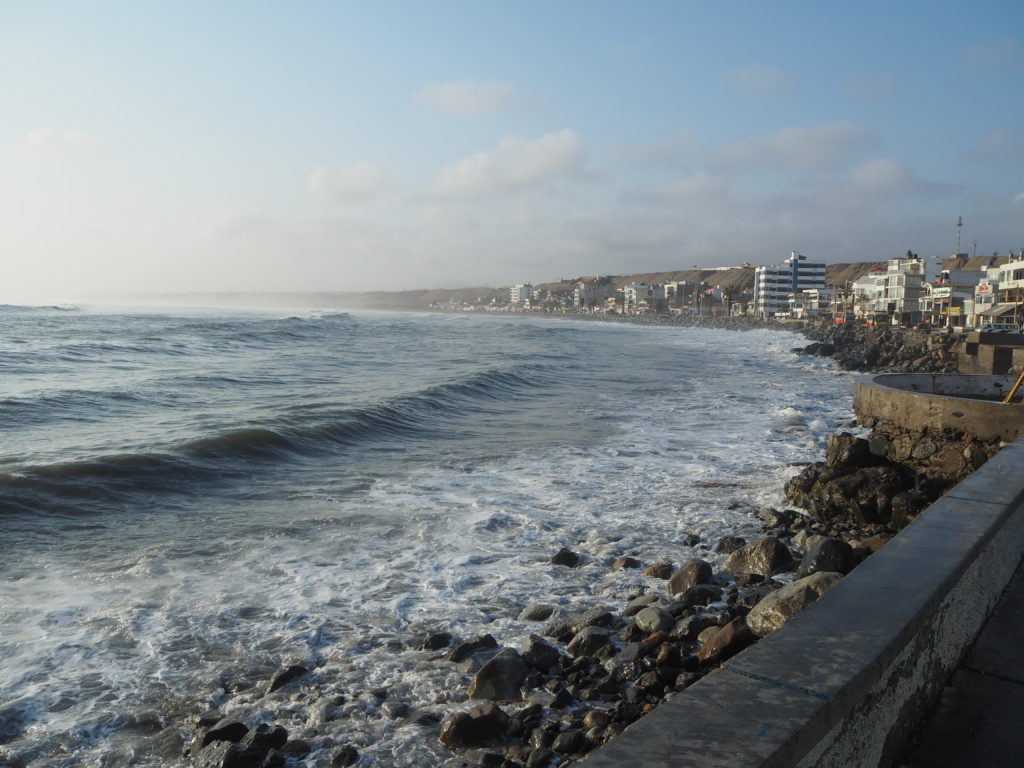
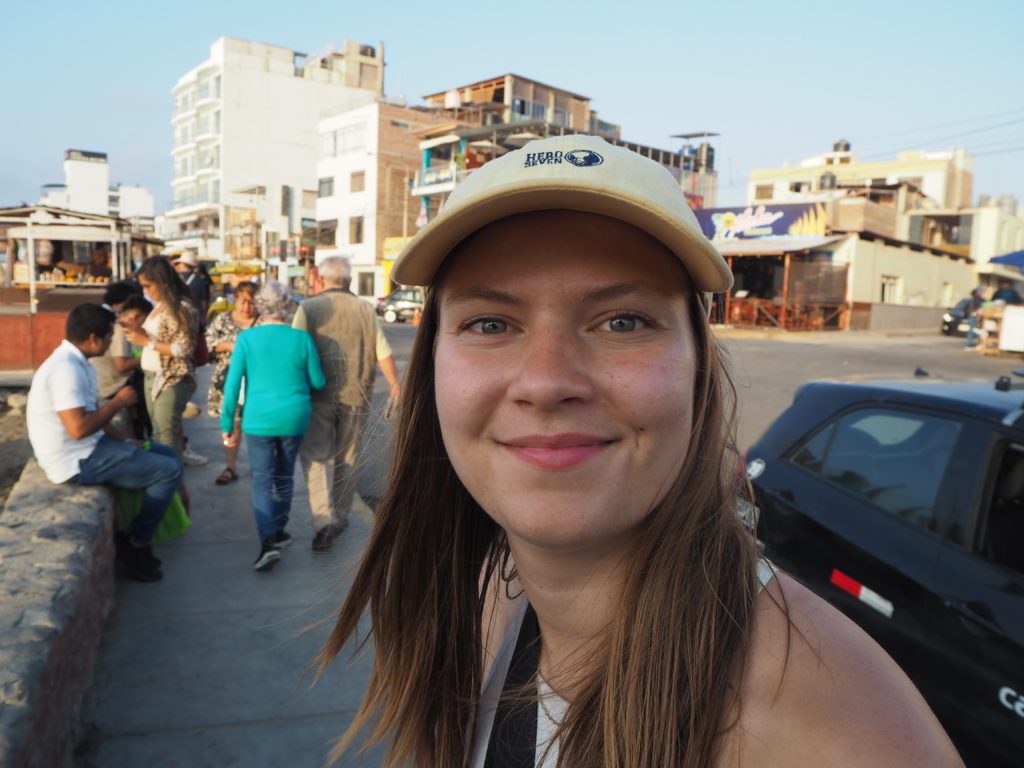
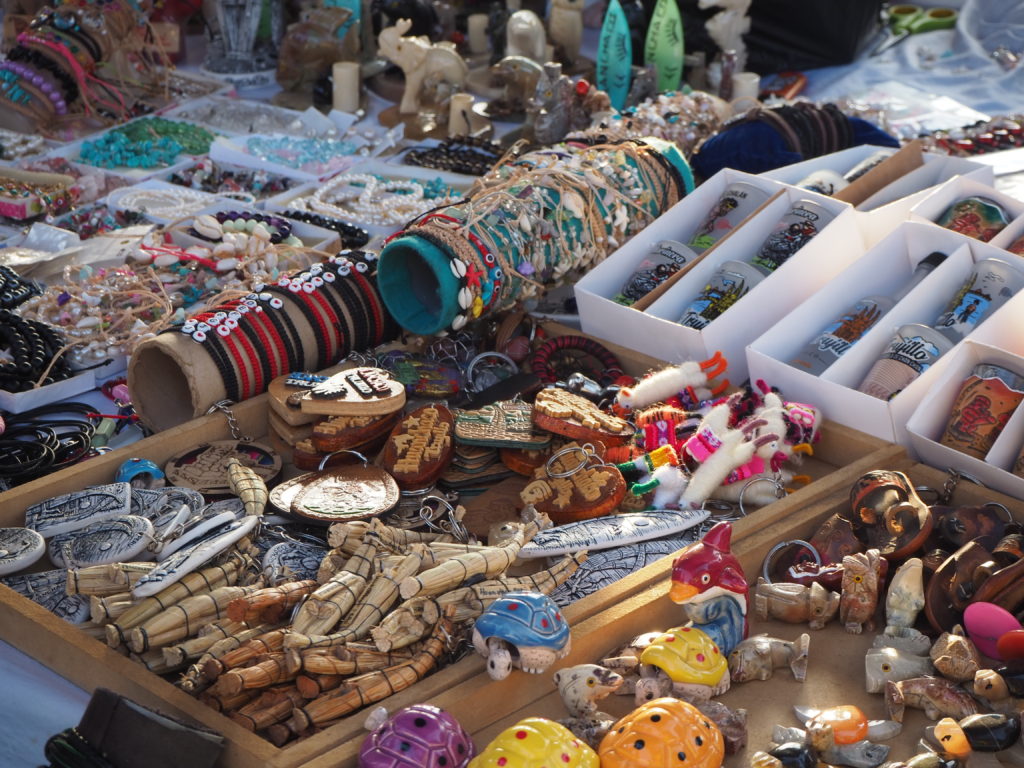

Tomorrow we head to the Andes again for a couple weeks of hiking! We have to get back into shape and acclimatized form. We’re a little shabby now as we’ve been slacking on the walking post sickness. Plus we’re currently as sea level. So we will see how it goes. Either way, we will see you there!

always nice to see your smiles. Huaco Erotico makes me feel testosterone humbled, lol!! have fun, stay cool, stay safe.
You both have a wonderful sense of adventure in your sight-seeing and in your appetites!
Looks fun! Nice to see your smiles! xo
Not sure what to think about the public erotico. Definitely not in Okotoks anymore.
Surfing would have been a fun change. Did you get much of a lesson or just figure it out from what you leaning in Maui and behind the boat?
We got lessons. Good thing too. I don’t think I would have caught a wave otherwise.
Love your pictures and your stories and your smiles. Sounds like you have had a good introduction to Peru.
I hope you are having good experiences exploring the Andes! Dan and I went for a drive in the country today. Combines working to bring in the harvest. The highway sign indicating the turnoff to go to Jasper was very tempting to take (for clarification, tempting to drive onto the turnoff road to Jasper – not take the sign). I will be interested to read comments you may have on what you see as the differences between the Alps of Europe and Andes of Peru and the Rockies of Alberta.
Hugs.
I don’t about the Alps (yet, maybe next year), but there’s a few differences between the Rockies and the Andes. Mostly the height. At home, the mountains start with a bunch of trees on them, then some grasses and rock, and then snow. Here, we generally start hiking above the tree-line, and there’s so much more to go. Most of the vegetation is grasses, shrubs and mosses, before it ended up strictly rock for a bit. Being so close to the equator, there’s a lot of altitude needed before the glaciers show up. The peaks of the Andes and Rockies look fairly similar, volcanoes notwithstanding.